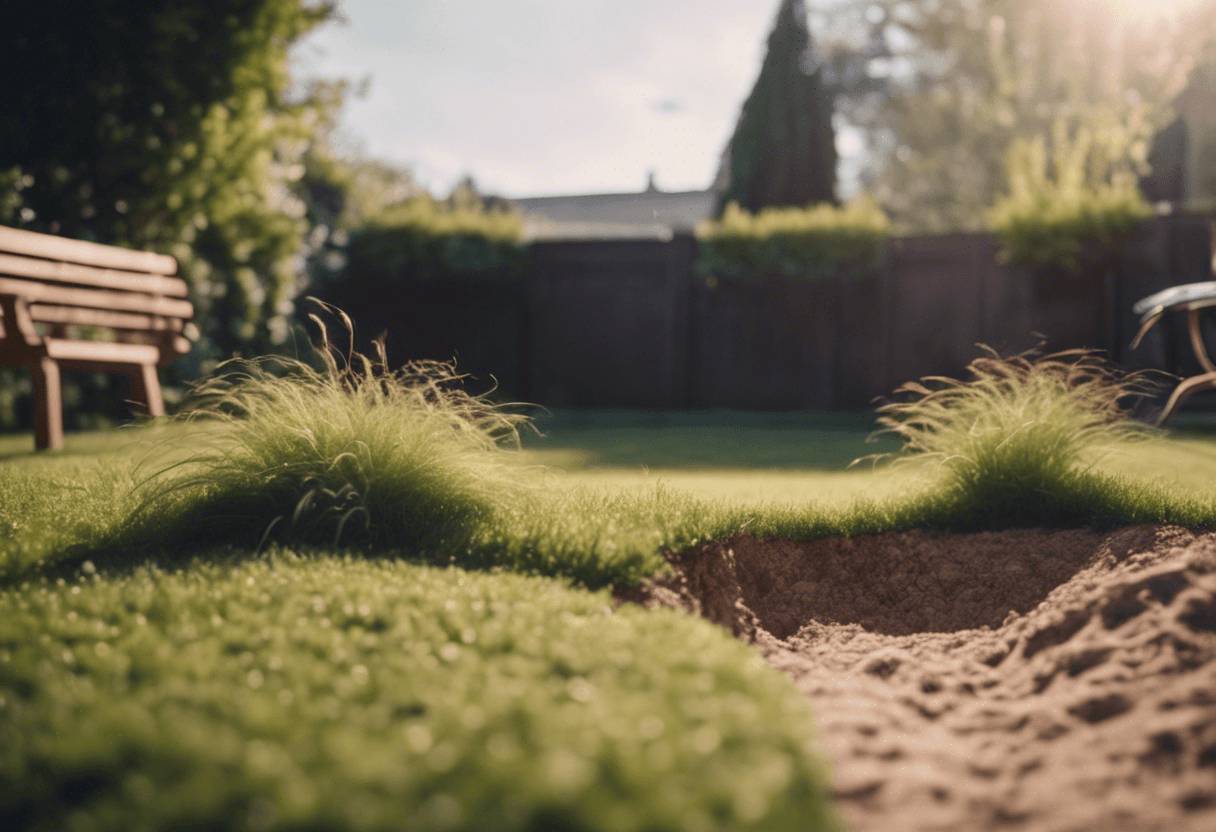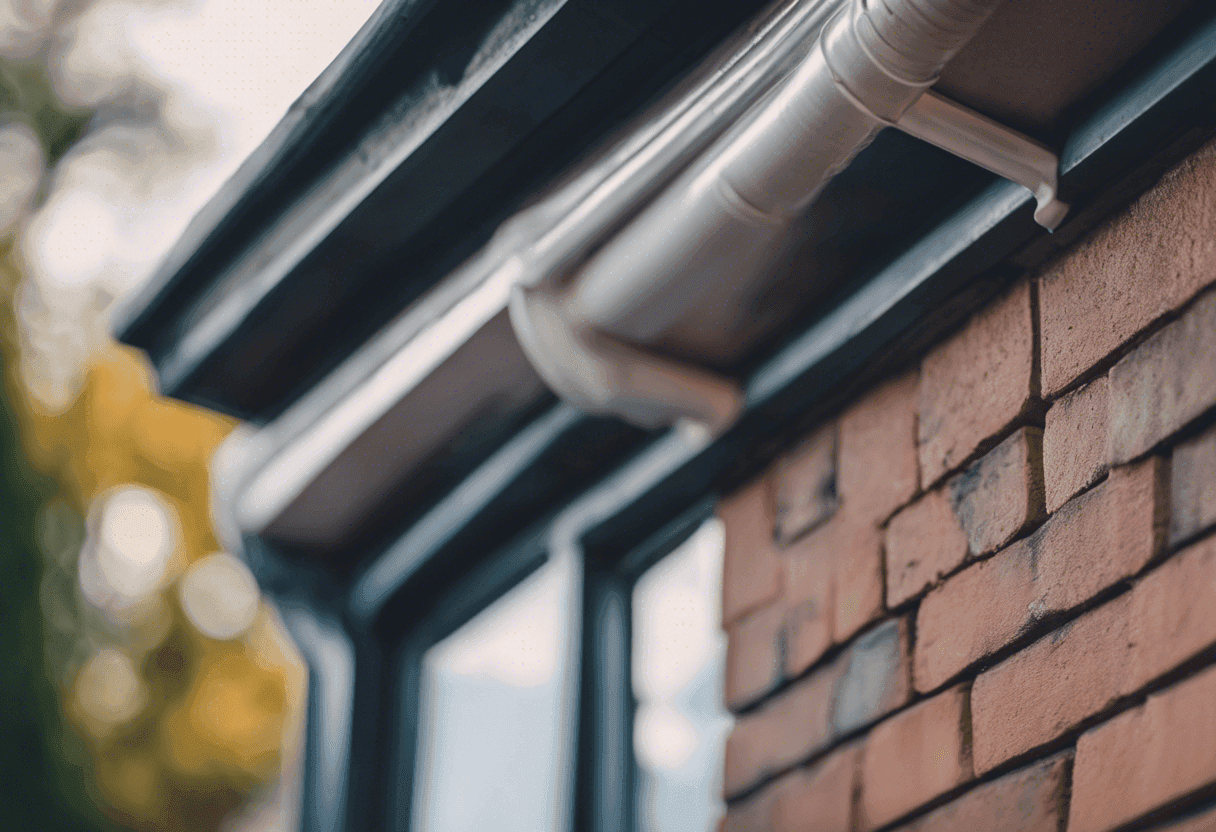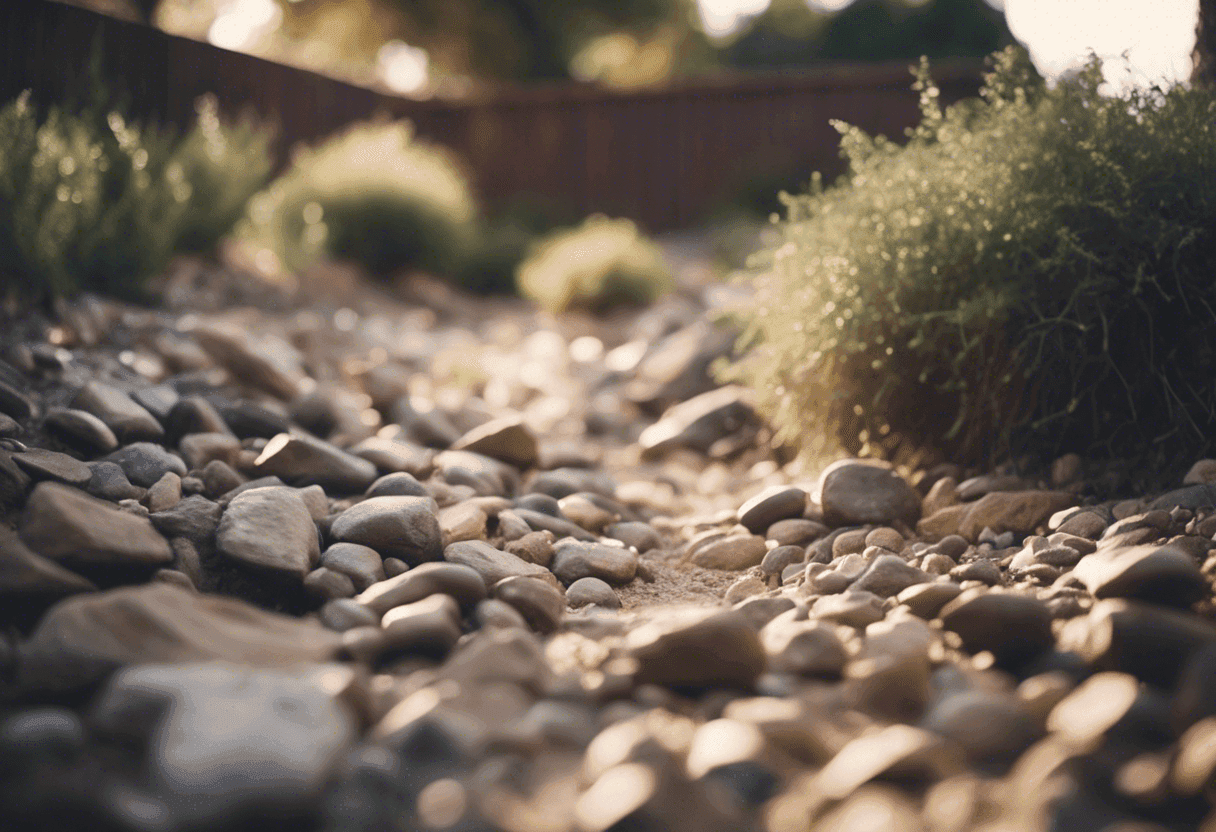
How to Fix Backyard Drainage Issues
Published by Alex Benkast on Mar 20, 2024
Having a backyard can be a source of pride and joy, but it can quickly turn into a swampy mess when drainage issues arise. Poor drainage can lead to a host of problems, including water damage to your home's foundation, drowned plants, and even create a breeding ground for pests. Here's how you can tackle those wet backyard blues and ensure proper drainage.
1. Assess the Situation
Firstly, understand where and why the drainage issue is occurring. Are there low spots where water pools? Is water spilling over from gutters and downspouts? Or is the lawn itself not absorbing water efficiently? Identifying the problem areas is the first step in finding a solution.
2. Gutter Maintenance

Clean gutters and downspouts are often overlooked. Clogged gutters can overflow and dump water close to your home's foundation. Regular cleaning and proper gutter guards can ensure water is being channeled correctly away from your property.
3. Extend Downspouts
Downspout extensions can be a simple fix to redirect water further from your home. They can be above or below ground but ensure they release water in an area that can handle the additional moisture without causing more issues. You can also install pop-up drainage emitters. They have a flat profile and are spring-loaded to automatically close during dry weather, preventing damage from lawnmowers and keeping pests out of the drainage system.
4. Create a Rain Garden
Rain gardens are not only beautiful but functional. They are shallow depressions planted with native, water-tolerant plants that can absorb excess runoff. Positioned at a distance from your home, they can be a natural solution to manage water flow.
5. Install a French Drain
For more severe drainage issues, a French drain could be the answer. It's a gravel-filled trench that includes a perforated pipe which redirects surface water and groundwater away from problem areas.
6. Dry Creek Beds, Swales, and Berms

Landscaping can be both decorative and practical. A dry creek bed simulates a creek or stream bed using rocks, boulders and often plants and spill rocks. Swales (shallow ditches) and berms (raised banks) can guide water away from low-lying areas to places where it can be more easily absorbed or managed.
7. Correct the Slope
Sometimes the solution might be reshaping the landscape. Grading your backyard so it slopes away from your home can naturally encourage water to flow in the right direction.
8. Choose the Right Plants
Incorporating native plants that thrive in wet conditions can improve the soil's water absorption. Avoiding water-loving species in already soggy areas can also prevent water from being trapped.
9. Aerate Your Lawn
Compact soil doesn't let water through easily. Aerating your lawn can improve drainage by creating more space for water to seep into the ground.
10. Use Permeable Paving

If hardscaping is part of your backyard design, opt for permeable materials like gravel, porous concrete, or pavers spaced to allow grass to grow through. These materials allow water to filter down into the ground naturally.
Conclusion
While backyard drainage problems can be a nuisance, they don't have to be permanent. With the right approach, you can turn a backyard bog into a well-drained dream landscape. Always remember, addressing water issues not only protects your property but can also enhance the health of your garden and the local ecosystem. If you're unsure about tackling big drainage projects alone, don't hesitate to call in the professionals for guidance. With a bit of work, your backyard can be the dry, thriving outdoor living space you've always wanted.


